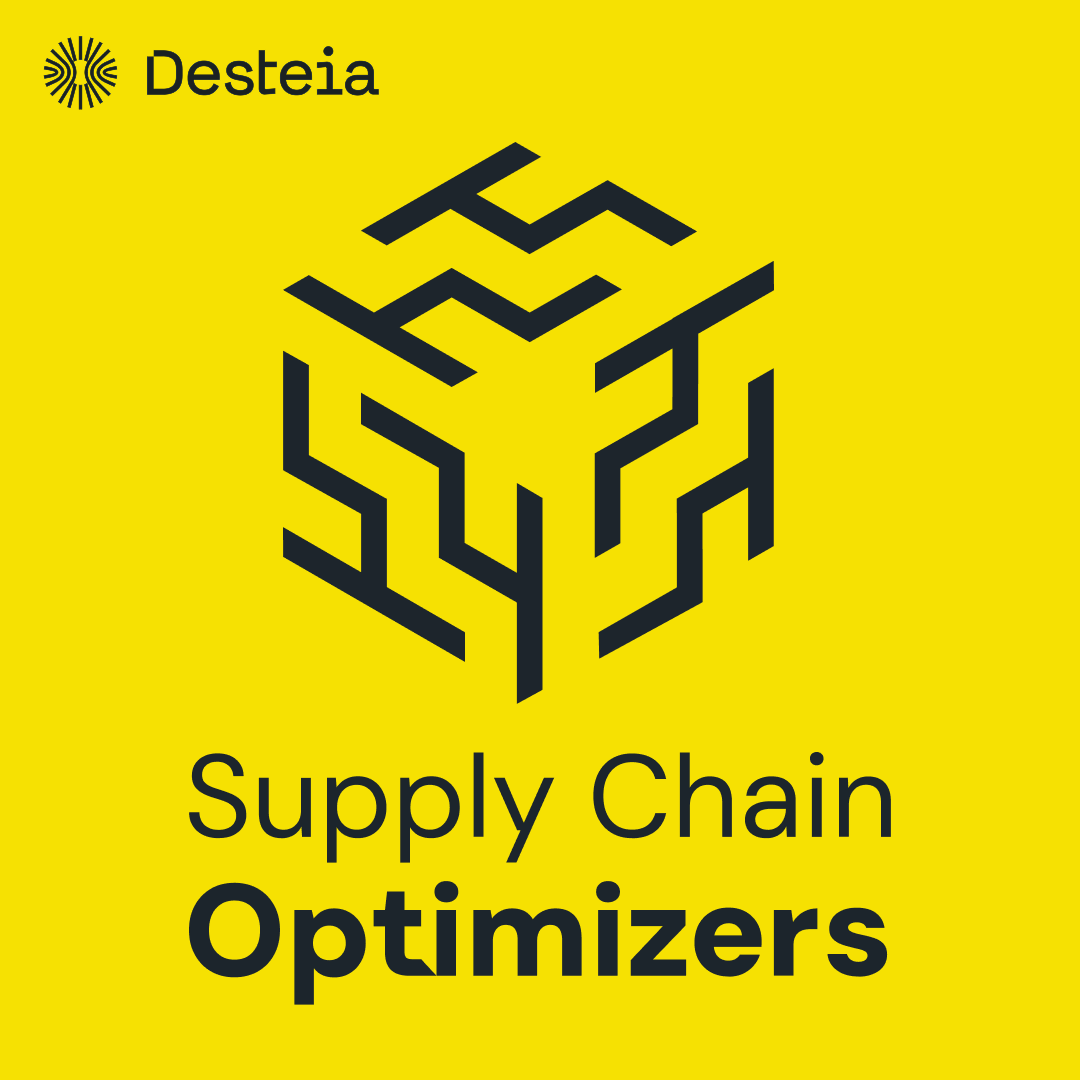How to Avoid Chokepoints and Build Supply Chain Resilience
October 16, 2025

What happens when a single chokepoint threatens to upend the entire global supply chain?
Join host Diego Solorzano as he welcomes Jonathan Colehower, Managing Director of Global Supply Chain Practice at UST, to unpack the realities of navigating today’s volatile trade environment. From the strategic risks of the Strait of Hormuz to opportunities in Trans-Arctic shipping routes, Jonathan shares his decades of insights and strategies on scenario planning, private trading networks, and building supply chain resilience. Listeners will discover how leading companies can move beyond prediction and develop actionable playbooks that transform disruption into competitive advantage.
What happens when a single chokepoint threatens to upend the entire global supply chain?
Join host Diego Solorzano as he welcomes Jonathan Colehower, Managing Director of Global Supply Chain Practice at UST, to unpack the realities of navigating today’s volatile trade environment. From the strategic risks of the Strait of Hormuz to opportunities in Trans-Arctic shipping routes, Jonathan shares his decades of insights and strategies on scenario planning, private trading networks, and building supply chain resilience. Listeners will discover how leading companies can move beyond prediction and develop actionable playbooks that transform disruption into competitive advantage.
Here are some of the key topics that Jonathan and Diego discuss:
- How to approach risk management by focusing on potential impact rather than probability
- Why the Strait of Hormuz is a critical chokepoint for global energy supply chains
- How emerging trade routes like Trans-Arctic shipping and the China-Pakistan Economic Corridor are reshaping global logistics
- The impact of container ship overcapacity on shipping rates and supply chain planning
- Why building and practicing alternative supply chain "playbooks" is crucial for resilience
- How private trading networks and blockchain enable better supply chain visibility
- Why simulation and scenario planning tools are transforming executive decision-making
- The importance of data quality and cleansing in successful supply chain transformations
- How corporate leaders can engage with government regulation to mitigate trade risks
Jonathan Colehower is Managing Director of the Global Supply Chain Practice at UST, where he advises global enterprises on building resilience and driving operational excellence. With leadership experience at McKinsey, Accenture, Oracle, and Manhattan Associates, he has managed P&Ls exceeding $ 100 M and sustained multimillion-dollar revenue pipelines. An expert in digital transformation, lean manufacturing, and enterprise software integration, Jonathan brings a proven track record of delivering lasting impact. He holds an MBA in Marketing and Operations from Vanderbilt University.
Key Highlights:
- 03:17 - Risk Impact Assessment Strategy
Jonathan introduces a contrarian approach to supply chain risk management by focusing on potential damage magnitude rather than predictability. This strategy enables companies to identify and prepare for high-impact disruptions that could significantly impact their operations, even if they seem unlikely. Using the Strait of Hormuz as an example, he demonstrates how a single chokepoint disruption could impact global energy supply and cascade across all industries. Companies should map out their most devastating potential risks and build detailed response plans for each scenario.
- 18:01 - Building and Practicing Supply Chain Playbooks
Supply chain leaders need to move beyond just having backup plans to actually practicing their response playbooks regularly. Organizations must first understand their specific risks and potential business impacts, and only then develop detailed alternative strategies for each major disruption scenario. The playbook should be treated like a sports team's strategy guide, practiced repeatedly until responses become automatic. Regular simulation of disruption scenarios helps teams build muscle memory and confidence in executing backup plans.
- 20:42 Modern Scenario Planning Tools
Advanced computing power has transformed supply chain scenario planning from overnight batch processes to real-time simulation capabilities. Today's tools allow executives to run dynamic "what-if" analyses and test multiple alternatives in seconds, enabling more agile decision-making. The shift from seeking single optimized solutions to exploring multiple scenarios reflects a more sophisticated approach to supply chain planning. Companies can now rapidly model different network configurations and disruption responses to build resilience..
- 23:03 Network Modeling for Resilience
Supply chain simulation tools now enable companies to build comprehensive end-to-end network models and identify critical vulnerabilities. Rather than relying on past experiences or gut feelings, organizations can use data-driven analysis to architect alternative supply chains for different disruption scenarios. Open-source optimization tools make this capability accessible to more companies, allowing them to stress-test their networks against various risks. Using real examples like port strikes or infrastructure failures, companies can develop specific contingency plans with confidence. This systematic approach to network resilience helps organizations prepare for and quickly respond to supply chain disruptions.
- 26:15 - Agricultural Supply Chain Innovation
Jonathan shares an interesting case study of managing complexity in agricultural seed production, where multiple variables from weather to market futures affect planning. The challenge involved coordinating production across different growing seasons while dealing with unpredictable factors like pest resistance and farmer preferences. By opening additional growing seasons in South America, the company created flexibility to respond to demand spikes for successful products. Instead of relying solely on expert opinions, they leveraged the "wisdom of crowds" by gathering insights from thousands of farmers. This innovative approach to agricultural supply chain management demonstrates how combining geographical diversification with collective intelligence can solve complex planning challenges.
Episode Resources:
- Jonathan Colehower on LinkedIn
- UST Website
- Diego Solorzano on LinkedIn
- Desteia Website
- Supply Chain Optimizers on Apple Podcast
- Supply Chain Optimizers on Spotify
Supply Chain Optimizers is handcrafted by our friends over at: fame.so